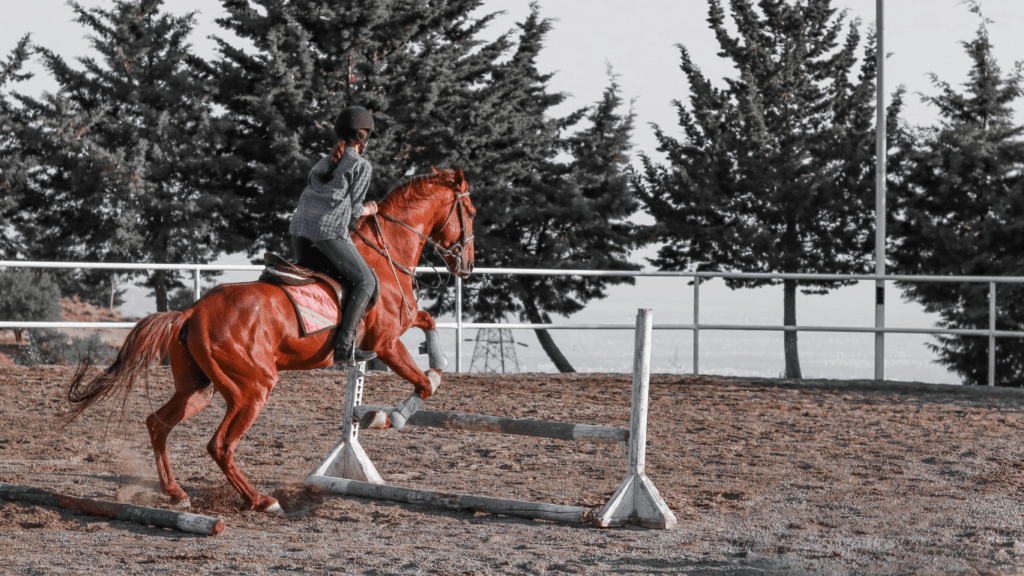Have you ever been intrigued by the world of horse racing but felt overwhelmed by the complex jargon of odds and payouts? As a seasoned enthusiast of the sport, I understand the initial confusion many newcomers face when trying to decipher these crucial elements. In this article, I’ll guide you through the fundamentals of interpreting horse racing odds and payouts, empowering you to make informed decisions and enhance your overall racing experience.
Understanding the odds and payouts in horse racing is like unlocking a hidden code that reveals valuable insights into the potential outcome of a race. By grasping these concepts, you’ll be equipped to assess the likelihood of a horse winning, as well as the potential returns on your bets. Join me on this journey as we demystify the world of horse racing odds and payouts, giving you the confidence to navigate the betting landscape with ease.
Understanding Horse Racing Odds
When it comes to horse racing, understanding the odds is crucial for making informed betting decisions. As an experienced enthusiast, I’ll walk you through the intricacies of horse racing odds to help you navigate this aspect confidently.
Types of Odds in Horse Racing
In horse racing, there are primarily three types of odds that you’ll encounter: fractional odds, decimal odds, and moneyline odds. Each type presents the probability of a horse winning and the potential payout in a unique format. Let’s explore these different odds to grasp their significance in horse racing betting.
Calculating Payouts
When calculating payouts in horse racing, several key factors come into play. Understanding these factors is essential for predicting potential returns accurately. Here’s a breakdown of the elements that affect payouts:
- Bet Type: The type of bet you place significantly impacts your potential payout in horse racing. Whether it’s a win, place, show, exacta, trifecta, or superfecta bet, each type has its own payout structure based on the level of difficulty in predicting the outcome.
- Odds: The odds assigned to a horse reflect its perceived chances of winning the race. Lower odds indicate a higher likelihood of winning but result in lower payouts, while higher odds mean a lower chance of winning but offer higher potential returns.
- Amount Wagered: The amount of money you wager also directly influences your potential payout. As a rule of thumb, the higher the wager, the larger the payout if your bet is successful.
- Track Takeout: Tracks usually take a percentage of the betting pool as a commission. This track takeout reduces the overall payout amount, affecting the final winnings for bettors.
By considering these factors when calculating payouts in horse racing, you can make more informed betting decisions and understand the potential returns based on your chosen bet type, odds, wager amount, and track takeout.
Making Informed Bets
As I delve into making informed bets in horse racing, understanding the intricacies of odds and payouts is key. To calculate potential winnings accurately, it’s essential to consider factors like the bet type, odds, amount wagered, and track takeout that can influence the final payout. By grasping these elements, I can make strategic betting decisions and predict potential returns more effectively.


